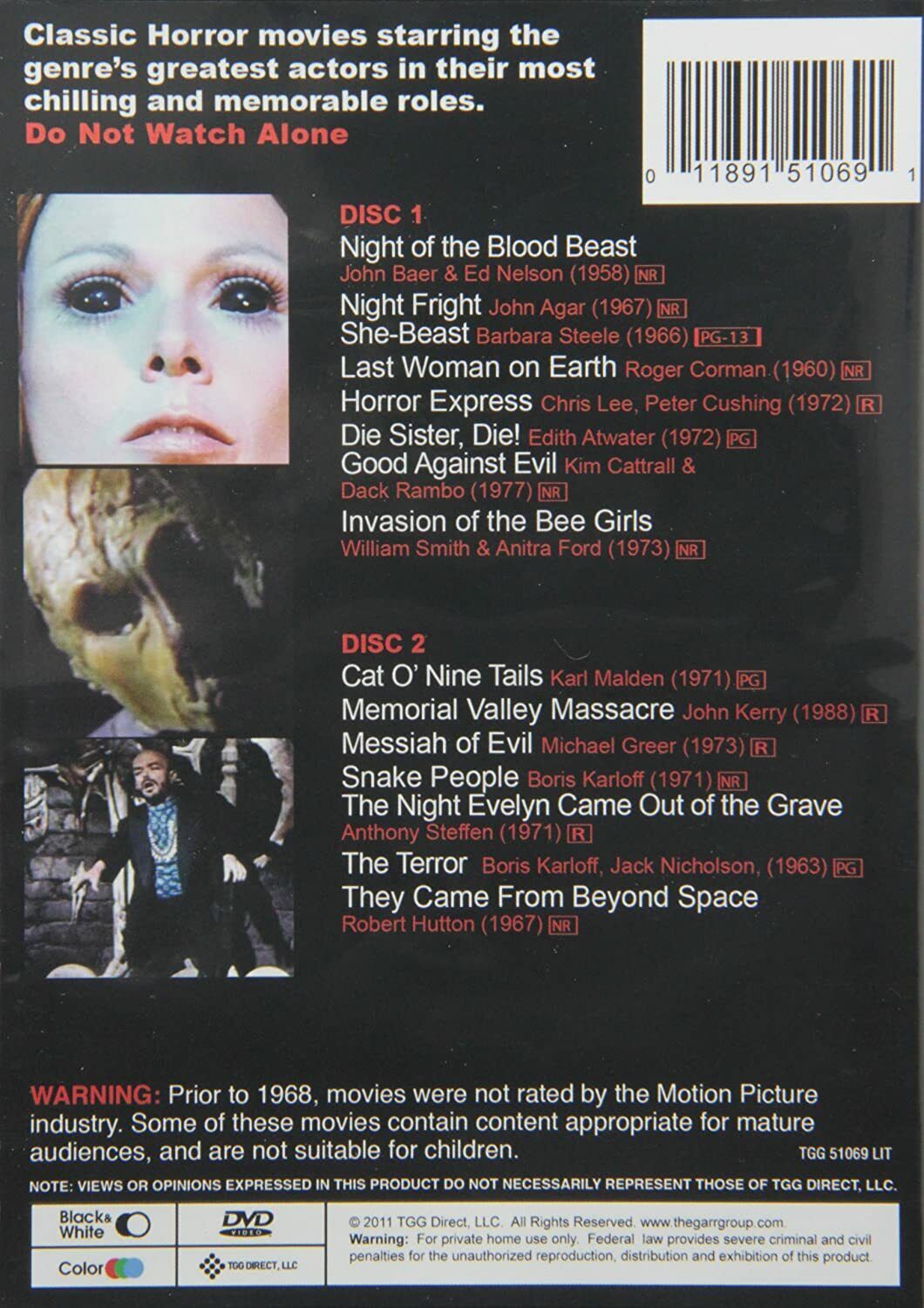
Many people watch television series to escape the reality of life and enjoy entertainment. This activity may be a coping strategy that helps them find temporary shelter in a fictional world. This activity can also be used by viewers as a way to develop their self and social skills. It isn't clear whether this activity is dangerous for your health. It seems to be a highly effective coping strategy. This article discusses why watching TV series can be so beneficial.
The coping/escapism and enrichment motivations for TV series watching were positively predictive of adaptive engagement
This study has important implications for our understanding of binge-watching and other addictive behaviors. While we cannot dismiss the importance of these behaviors as coping mechanisms for individuals in distress situations, it is possible that binge-watching can be a protective strategy. It has been proven that adaptive engagement in TV series can be predicted by a person's coping/escapism and enrichment motivations.

Researchers discovered that watching TV shows was associated with viewers' emotions of coping/escapism and enrichment. The effects of the tyranny associated with film analysis outweighed the cognitive effects.
Anxiety symptoms were positively correlated with losing control of TV series viewing
Participants who experienced anxiety symptoms during the COVID-19 pandemic were more likely to engage in non-problematic TV series watching. These behaviors were associated to motivation for coping and escape. This same pattern was also associated during the COVID-19 pandemic with an increase in TV series watching. These results were however limited by the inability to distinguish between non-problematic from problematic TV series viewing.
There are many factors that can cause anxiety, but not all TV series viewing is responsible. When we look at how TV affects us daily, we must not forget that watching television can increase anxiety. Even though television is not a stressful activity in and of itself, it can cause us to feel anxious if we watch too much. Watching reality shows can also contribute to anxiety.

Anxiety was negatively associated with emotional motivation for watching TV shows.
The Diagnostic and Statistical Manual of Mental Disorders is a handbook used to diagnose mental health problems. It provides a list of symptoms and diagnostic criteria for each disorder. The language is consistent. After new research, the manual was republished in its original form in 1952. This manual lists anxiety disorders. These are some important things to consider when diagnosing an individual for anxiety.
FAQ
TV is good for business.
Yes, TV is good for business. Television allows businesses to reach more customers.
Placards can be put up in the streets when you are trying to sell your home. Advertise in the local newspapers, including the newspaper, real estate section and classifieds.
Online advertising is possible through social media sites such as Facebook and other websites.
Television doesn't require you to put up signs or write articles.
Instead, you just sit back and relax while someone else does all the work for you.
So you can achieve the best possible results without having to spend a lot on marketing campaigns.
What is a TV Spot and How Does It Work?
A TV spot, which is typically a 30-second commercial that appears between programs on a television channel, is called a TV spot.
Most channels will run many TV spots per week. Most TV spots are focused on promoting a particular brand or company.
Television commercials can be used for more than just promoting products and services. They can also be used as a marketing tool to promote events, charities, and movies, as well.
What are the differences between commercials?
Television Commercials, Radio Commercials, & Print Ads are the three major types of commercials.
TV Commercials are typically 30 seconds in length. They're frequently used to increase brand awareness.
Radio commercials can be longer than 1 minute and are used for product marketing.
Print ads are typically shorter (2 to 3 minutes) and targeted at specific audiences.
How long does it take to make a commercial?
The project size will determine how much it costs. For a small project, one person may be needed to film the footage. A large project may require many people to work together.
A 30-second spot typically takes between 2-5 working days.
Which industry is most active on television?
The car industry.
Their advertising is so prominent because they are constantly looking for ways to improve their cars. They want their cars to be better, more efficient, and safer.
They also need to keep potential customers buying their products.
So what do they do? They advertise all over.
On billboards, bus stops, television, radio, magazines, newspapers, you name it.
These ads aren't just for any old ads.
They are all very different. Some are funny, others are informative, some are inspiring, some are entertaining, and some are educational.
It doesn't matter what kind or type of ad is being shown, chances are that it will be successful.
Statistics
- 93 percent of American adults listen to the radio over the course of the week. (marketingevolution.com)
- This includes 97 percent of Gen X, and 95 percent of Millennials. (marketingevolution.com)
- Video-ad views on OTT (over-the-top) devices grew 63% year over year in Q3 2016, and the trend is expected to continue, further crippling traditional TV advertising. (clearcode.cc)
- To get estimated costs for airing a 60-second TV commercial in different regional markets, check out the following figures in this TV ad pricing chart from the media experts at Casual Precision. (fitsmallbusiness.com)
- Radio is extremely accessible – 95 percent of cars have radios, and 99 percent of homes have radios. (marketingevolution.com)
External Links
How To
How do I choose the type of advert to run on television
There are many things that you need to think about when choosing between traditional printed advertisements, digital billboards radio spots, TV commercials, and television ads.
First, decide whether you are looking for long-term exposure or short-term results.
Advertising must be short-term. It should generate immediate sales. In other words, the advertisement must make people immediately aware of your product or service.
This is a long-term strategy to increase awareness over a longer duration. This could mean a few weeks or even months.
Next, choose whether you want to run ongoing campaigns or one-off campaigns.
When you are promoting a single event like a holiday sale or new product launch, one-off campaigns can be used. These campaigns are generally very expensive because they require a lot of planning and preparation.
However, they are usually less cost-effective than ongoing campaigns. They require you to run the same ad each week or every month.
You must decide how much money you are willing to spend.
You have two choices: you can spend large amounts of advertising or very little. Advertising in small amounts will be more expensive per impression than advertising in larger quantities.
You might not reach as many customers if your advertising budget is smaller.